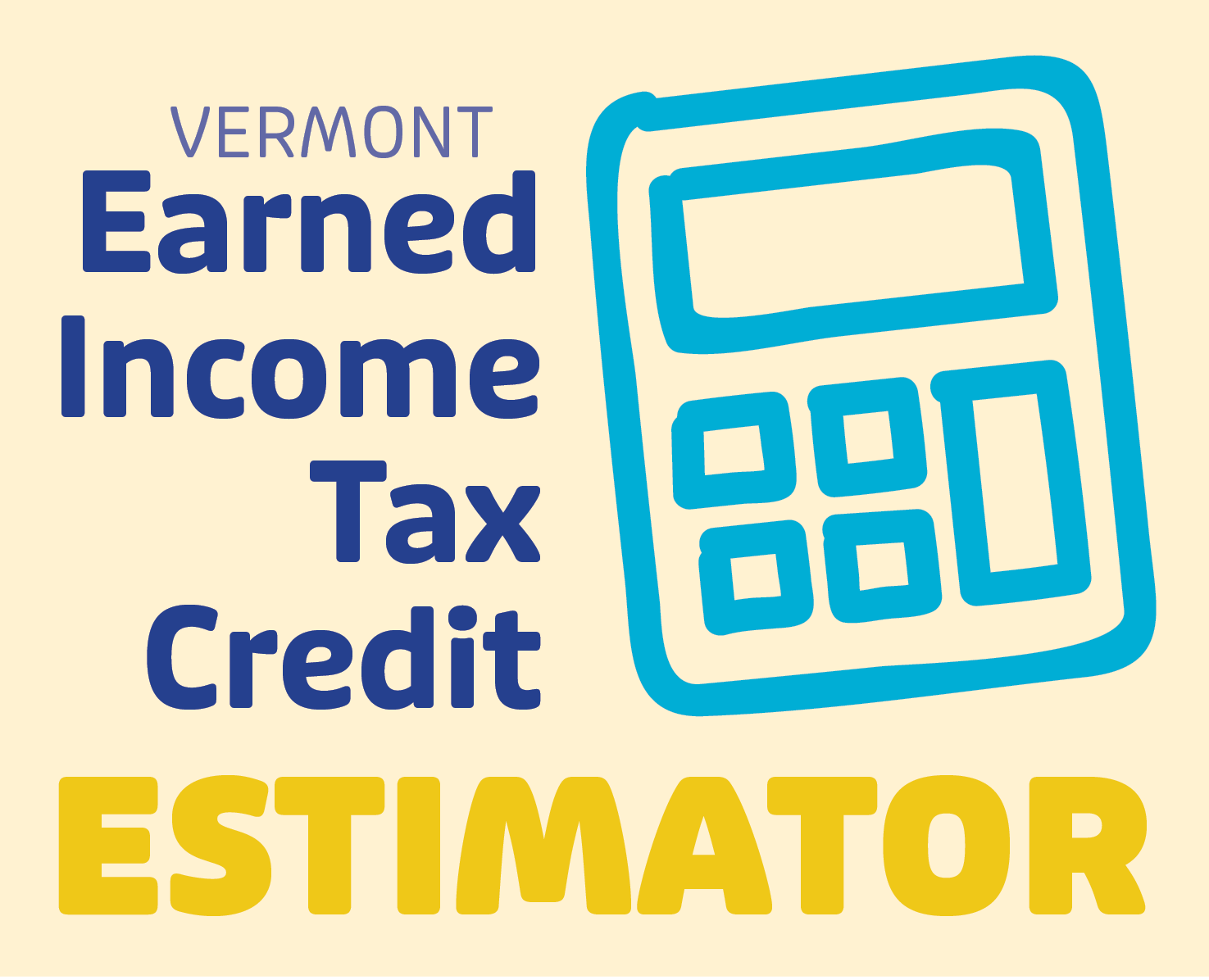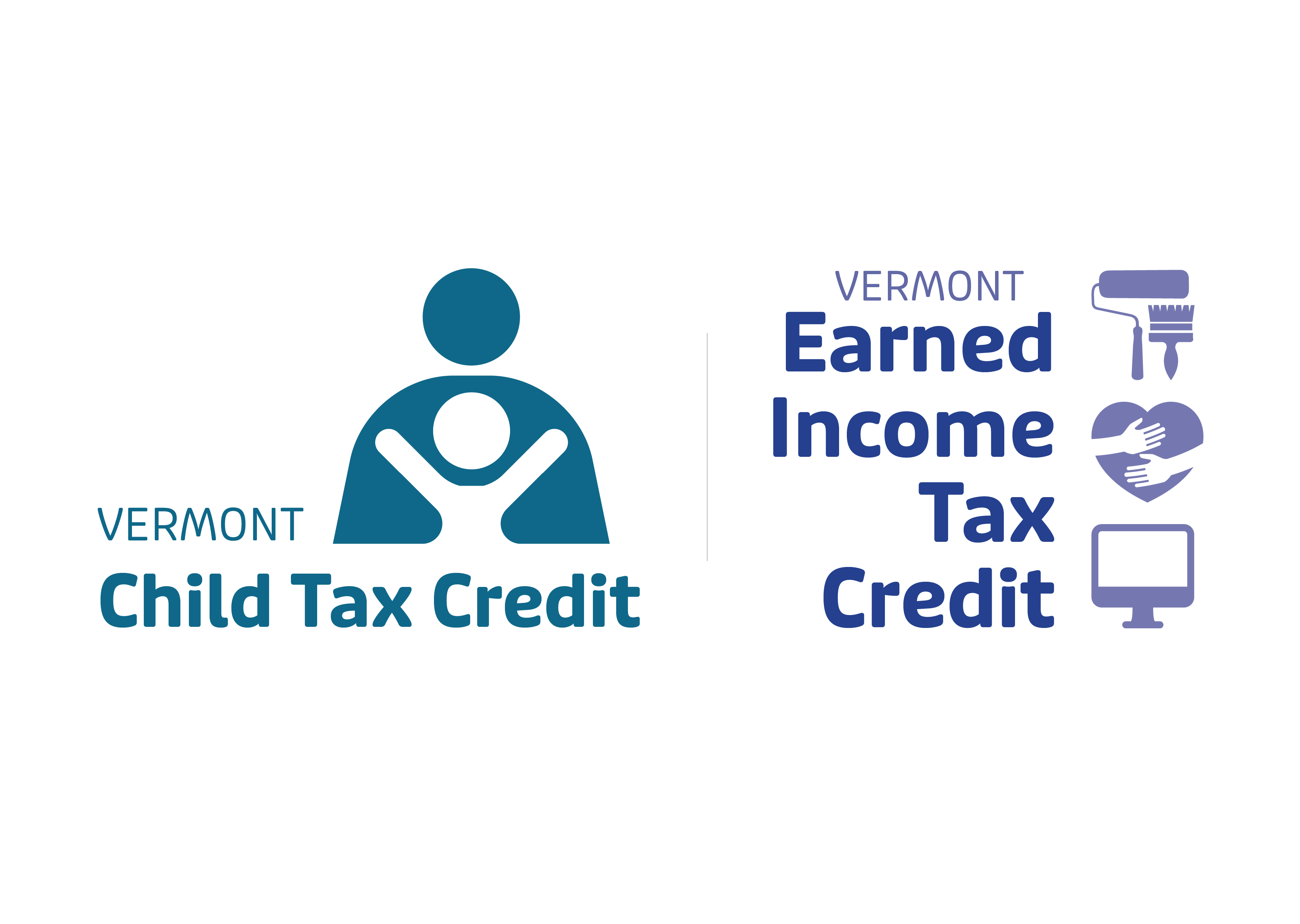MONTPELIER – Katrina Menard has been selected as the State Policy Fellow for Vermont. The State Policy Fellowship program, sponsored by the Center on Budget and Policy Priorities in Washington D.C., is a research-focused fellowship dedicated to making change through careful research, thoughtful advocacy, and strong partnerships in a state policy context. Menard begins the two-year fellowship position on July 8.
Whatever Montpelier did this year about education taxes was going to be a can-kicking exercise. By overriding the governor’s veto of the so-called “yield bill,” which sets tax rates for the coming year, the Legislature avoided a protracted fight over how far to kick the can. That bought them some time—about six months. Now, let’s hope, we’ll get a serious effort to understand what’s going on with education funding before plunging ahead with solutions.
In response to the uncharacteristically large increase in school budgets for next year, the Legislature created the ambitiously named Commission on the Future of Public Education in Vermont. It is scheduled to start meeting in July.
MOST RECENT
Vermont’s average wage masked county disparitiesJuly 22, 2024 Katrina Menard joins Public Assets as State Policy Fellow
July 8, 2024 Education funding: Diagnosis before treatment
June 27, 2024




